Terezin Small Fortress
About sixty kilometres north of Prague, the monarchy of Austria-Hungary established in the late nineteenth century a garrison city and a fortress, separated by the river Ohre. The fortress was called the small fortress and during First World War, the fortress served as a prison for prisoner of war and political prisoners. The most famous prisoner was the Bosnian Serbian nationalist, Gavrilo Princip, who at the age of 19 murdered the heir to the monarchy of Austria-Hungary, Franz Ferdinand and his pregnant wife Sophie, in Sarajevo June 28, 1914. Princip was imprisoned and sentenced at the subsequent trial to prison and taken to Terezin where he died of tuberculosis in April 1918.
In the spring of 1939, Germany occupied the rest of Czechoslovakia and the hunt for Czech resistance fighters (including women) and politicians began. The number of arrests increased and more space to incarcerate arrested people became urgent. In June 1940, the local Gestapo in Prague saw the advantages of the small fortress to use as a prison. Most of those sent to the small fortress were Czechs and Slovaks, but there were also prisoners from other states in occupied Europe. Prisoners were forced into slave labor and the presence of starvation, disease, overcrowding and ill-treatment was ever present. The prison was also for many prisoners a staging post on the way to other prisons or camps in Europe. In 1943, the Gestapo begum to use the fortress as an execution site and about 250 prisoners were executed in the fortress.
The small fortress became the largest Nazi prison in Bohemia and Moravia. It was never given official status as a concentration camp by Himmler but was ruled by the local Gestapo. In total, about 90,000 people went through the prison during its existence. About 2,600 people died in prison between 1940 and 1945. The prison (and the nearby ghetto) was liberated by the Soviet Red army as late as May 8, 1945. By then a typhoid epidemic had broken out and many prisoners died after the liberation.
Current status: Preserved with museum (2000).
Location: 50°30'51.88" N, 14°9'58.1" E
Get there: Car.
Follow up in books: Kogon, Eugen: The Theory and Practice of Hell: The German Concentration Camps and the System Behind Them (2006).
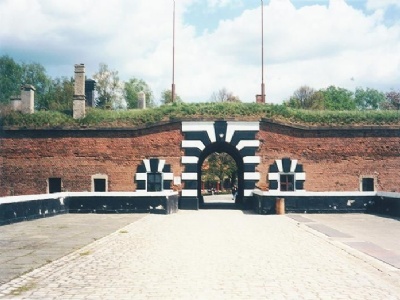
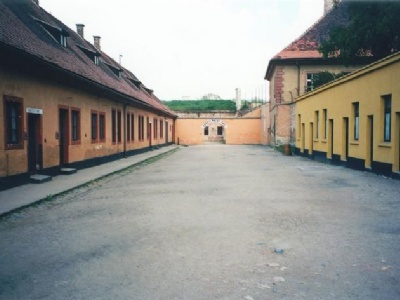
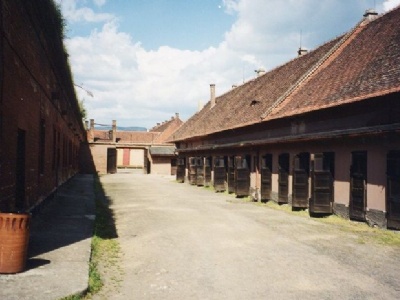
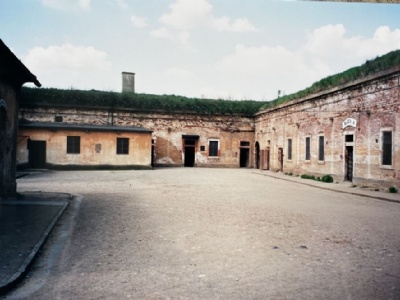
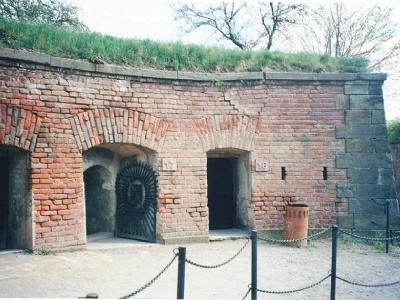
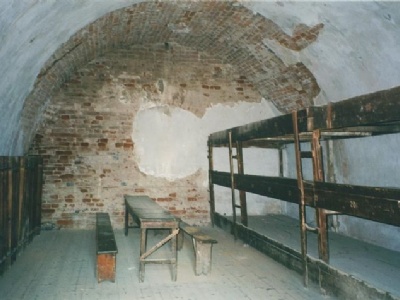
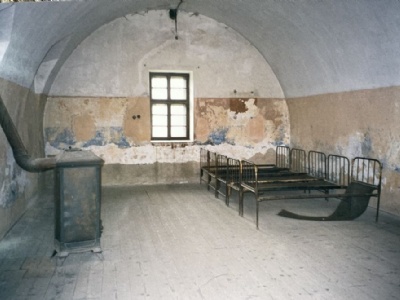
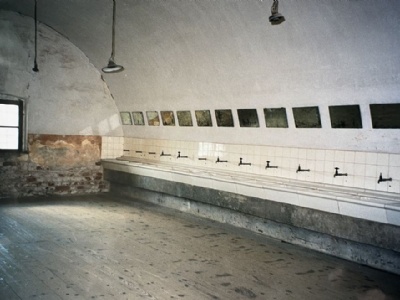
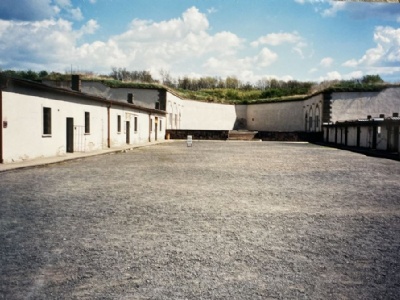
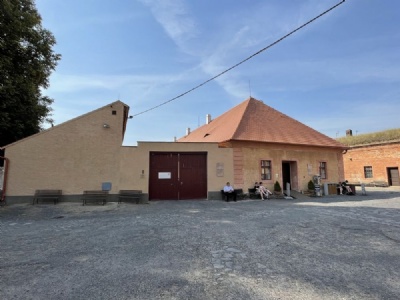
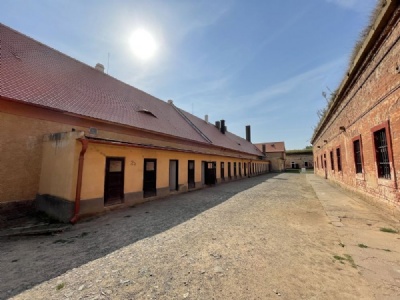
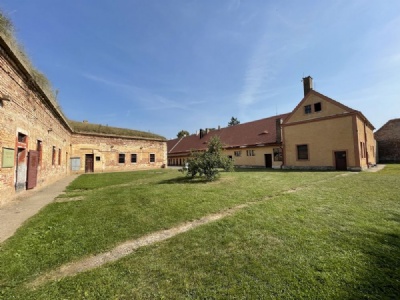
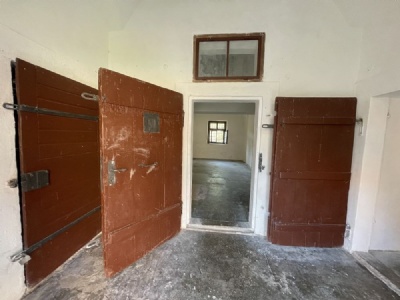
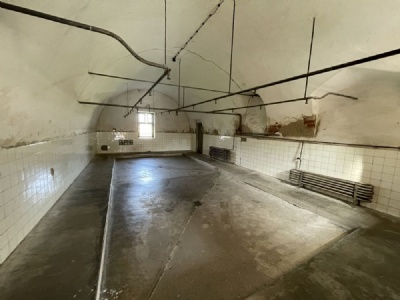
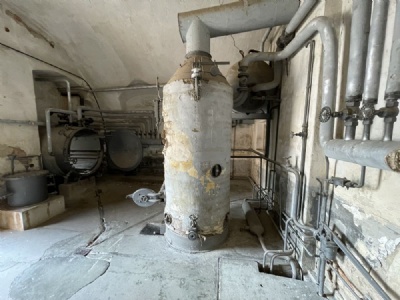
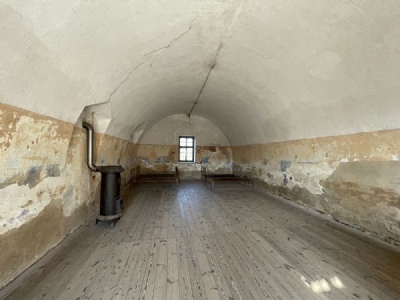
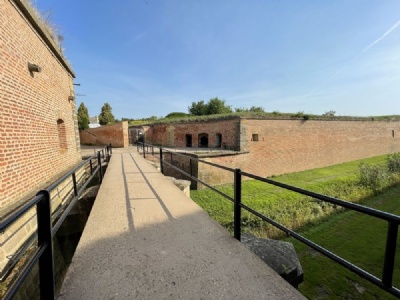
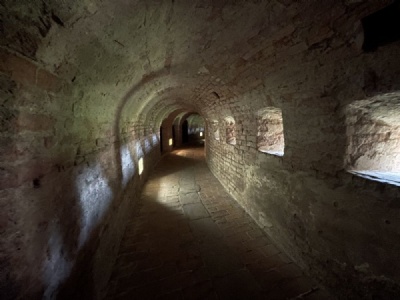
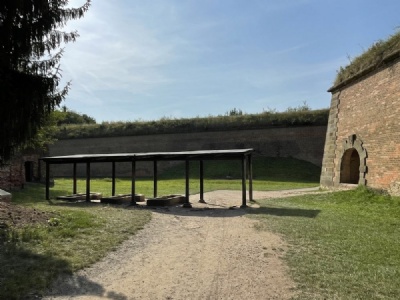

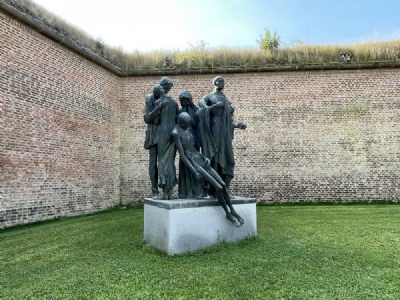
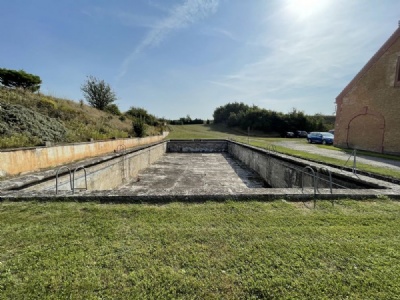
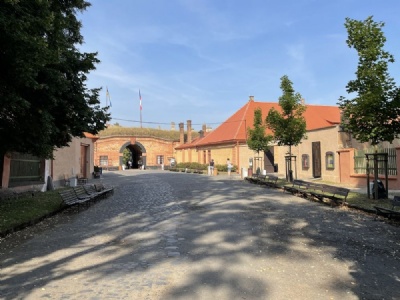
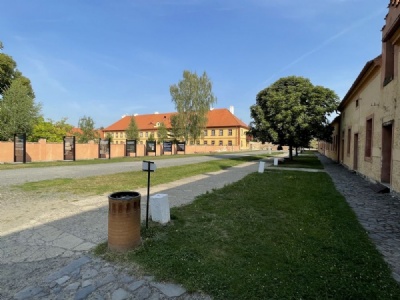

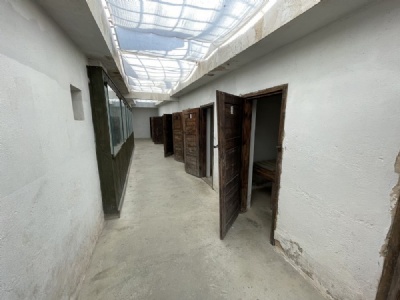
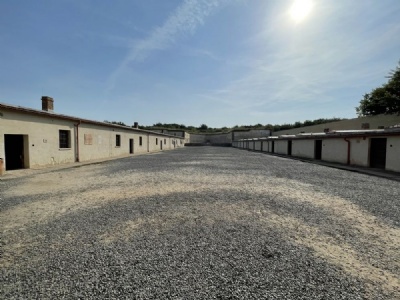
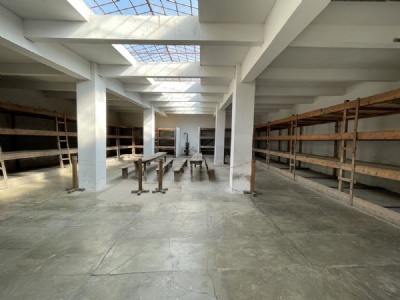
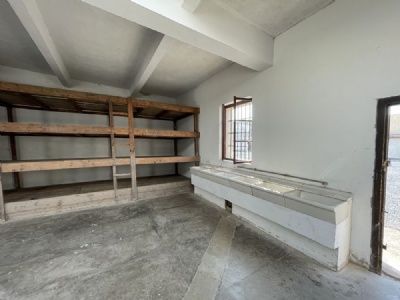

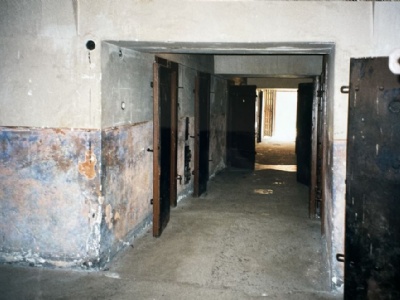
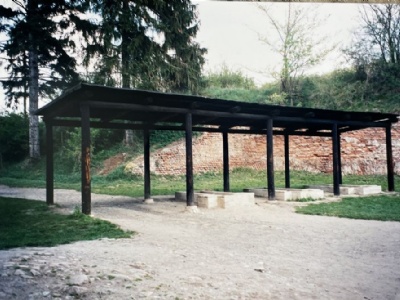

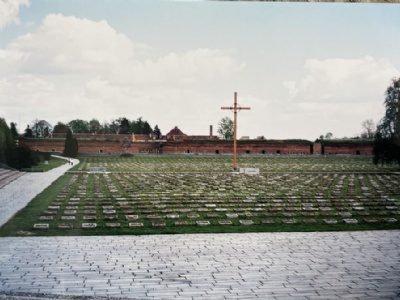
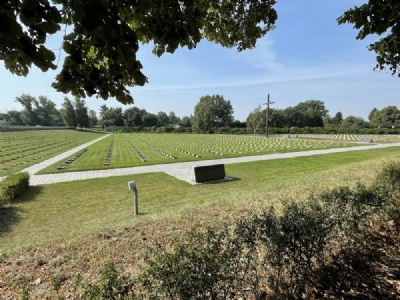
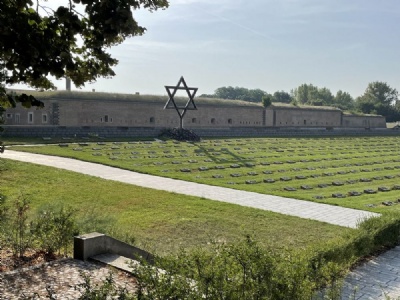
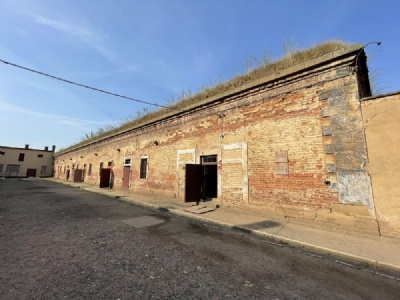
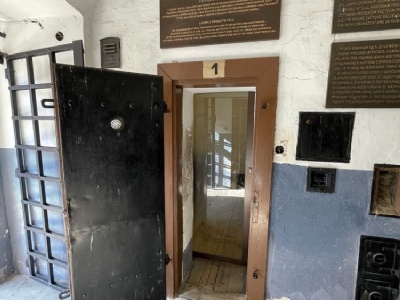
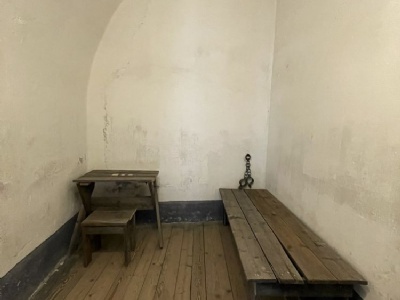
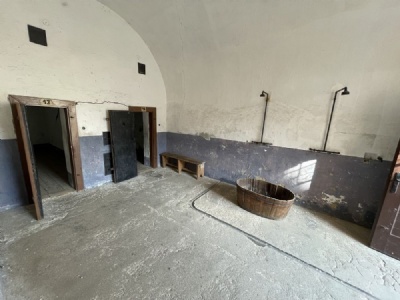
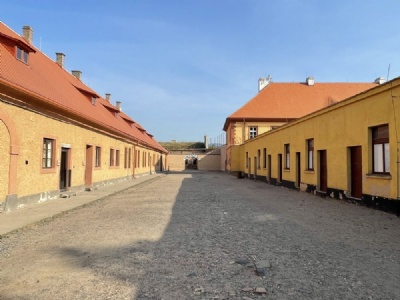
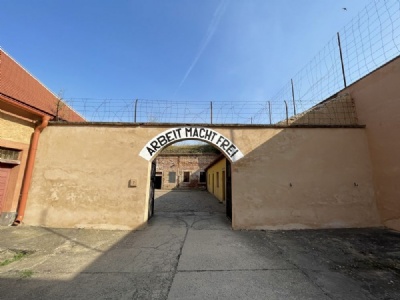
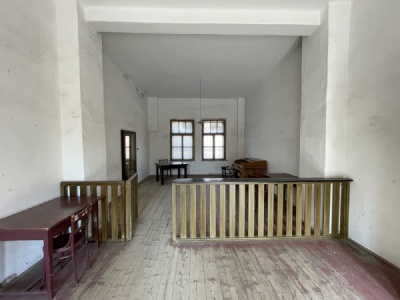
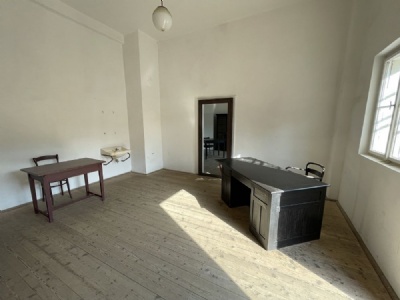
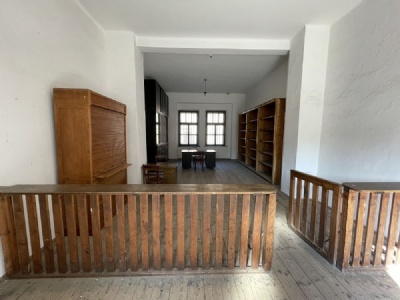
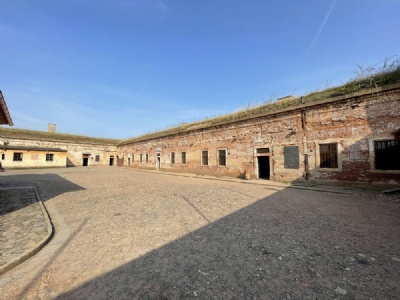
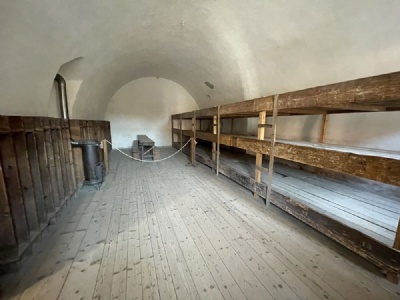
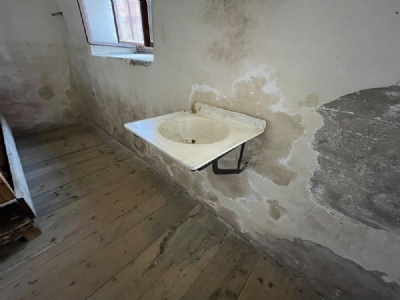
What makes Theresienstadt one of the more famous camps is its geographical location. It is located close to the main road between Berlin and Prague and thus gets a large number of spontaneous visitors. It is an interesting museum that does not require more than a few hours and it can easily be combined with the nearby ghetto of Terezin, about a kilometer away.
Outside the fortress lies a well maintained cemetery that opened in August 1945 and here rests about 10 000 prisoners who died in the hands of the Nazis. These prisoners came from the fortress, ghetto, nearby Litomerice camp and from Lovosice death transports.